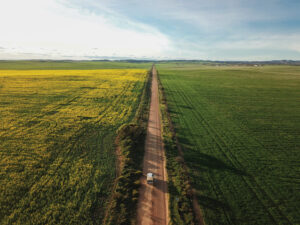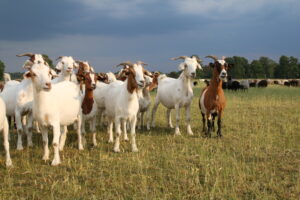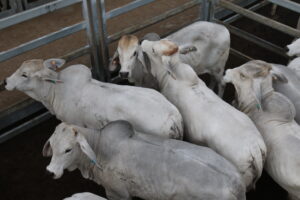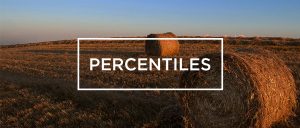Anecdotally, all producers have noticed the cost of doing business rising rapidly, especially in recent times. It’s not our imagination - the ABS keeps track of farm input costs, and the latest set of figures are confronting, indicating that Aussie farm costs have doubled in the last decade, with prices rising 28% just since the start of the pandemic.
Most of us have heard of the CPI, or Consumer Price Index, which is the statistic produced by the Australian Bureau of Statistics (ABS) that tracks the cost of a standardized basket of goods and services within the Australian economy, and is the one of the key measures of how the inflation rate of the cost of living is assessed. Globally, inflation has become a problem of increasing concern for governments, with rising food prices a prominent component. This has led to rising interest rates as central banks like the RBA attempt to cool the economy.
What gets substantially less attention is that the ABS also develops other price indexes which are centered not upon the cost of citizen’s daily lives, but upon the cost of doing business in various industries, and key inputs into the production process. These are described as Producer Price Indexes, or PPI’s. There is a chance that if you deal directly with manufacturers or suppliers, you may have seen these referenced as a price adjustment benchmark if you have entered into long term multiyear contracts for supply of some products or services.
In general, the PPI indexes related to agriculture, and some key inputs indicate that there have been constantly mounting cost pressures upon Australian cattle, sheep and grain farmers.
The producer price index for sheep, beef, cattle and grain farming in Australia has taken a very steep trajectory over the last 20 years. Input costs have surged over 150% since 2002, representing an average compound price inflation rate of 4.7% per annum. The story in the past three years is one of extreme cost increases, at 28% since 2019.
The Australian agriculture industry as a whole has suffered a 115% increase in input costs since 2002, suggesting that some players in the sector are less directly exposed than producers. (Figure 1)
PPI indexes for other related industries and materials & services utilized within agriculture can help reveal and explain price pressures exerted upon some product groups.
The cost of producing metal products in Australia, such as fencing has increased 70% in the last decade, with the industry seeing a 30% increase in input costs since the end of 2019 alone. Fertilizer manufacturing costs have skyrocketed by 61% in the couple years mostly due to rising international commodity prices, with sudden increases not unusual (see 2008/09) (figure 2)
Many products utilized within farming are either imported, or rely heavily off foreign components. The cost of imports into Australia have jumped 30% in the last decade. However, more encouragingly, is that the index has seen a period of falling prices between 2014 and 2018 also, so cost reductions can and will happen.
Plastic water delivery pipelines, water troughs, poly tanks and irrigation systems are critical to success, especially in an unpredictable climate. Production costs have jumped 37% over 10 years, with 30% of this attributable to the last 3 years.
Pesticide manufacturing has also been exposed to high global prices, jumping 40% in 3 years, but costs have receded lately, by 7% in the June quarter. Finally, we’ll finish off with some good news – the average cost of producing veterinary pharmaceuticals probably hasn’t gone up much since the pandemic, with only a 10% increase recorded. Over the last 10 years though, costs have increased 45%, at an average compound rate of 3.3%. (figure 3)
With farm inputs costing more, there needs to be compensation on the other end, and producers are receiving it, in the form of higher commodity prices for animal protein. Angus had a look at animal protein prices in a recent article, and a supportive rising trend for beef & lamb that isn’t in a habit of retreating is pretty clear.
What does it mean?
The numbers indicate that on aggregate, the cost of farming in Australia has increased substantially. The last 20 years of history shows that overall farming costs rarely backtrack much more than 20% once they have reached new levels. This means prices for beef, lamb, grains and oilseeds will need to remain relatively elevated in order for Australian agriculture to remain competitive and sustainable. The good news is that retail meat prices for consumers in Australia rarely reverse significantly either, and trends toward growing wealthy populations internationally will help support the global animal protein market.
Have any questions or comments?
Key Points
- ABS estimates Aussie farming input costs have risen 28% since December 2019.
- Pesticide manufacturing costs 42% more since the start of the pandemic
- Fertiliser manufacturing costs have jumped 61% in less than 2 years, after almost a decade of almost static cost structures.
Click on figure to expand
Click on figure to expand
Click on figure to expand
Data sources: ABS, Mecardo















